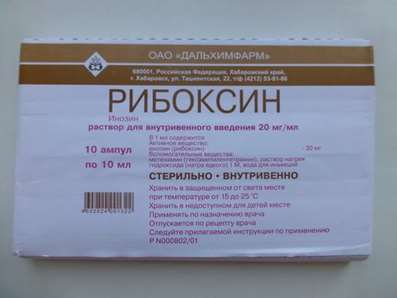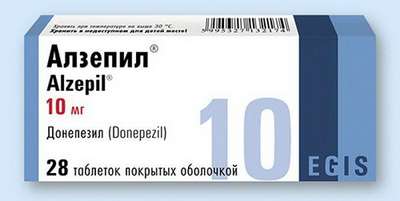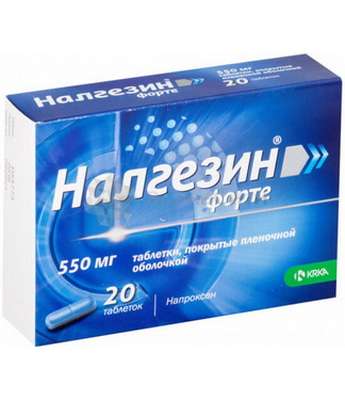Instruction for use: Insulin soluble [human biosynthetic]
I want this, give me price
Insulinum solubile [humanum biosyntheticum]
Pharmacological group
Insulins
Pharmacotherapy
The preparation of insulin is of short action. Interacting with a specific receptor of the outer membrane of cells, forms an insulin-receptor complex. Increasing the synthesis of cAMP (in fat cells and liver cells) or directly penetrating the cell (muscles), the insulin-receptor complex stimulates intracellular processes, incl. Synthesis of a number of key enzymes (hexokinase, pyruvate kinase, glycogen synthetase, etc.). Reducing the concentration of glucose in the blood is due to increased intracellular transport, increased absorption and assimilation by tissues, stimulation of lipogenesis, glycogenogenesis, protein synthesis, a decrease in the rate of glucose production by the liver (decrease in the decomposition of glycogen), etc. After the injection, the effect occurs within 20-30 Min, reaches a maximum after 1-3 hours and continues, depending on the dose, 5-8 hours. The duration of the drug depends on the dose, method, site of administration and has significant individual characteristics.
Pharmacokinetics
Completeness of absorption depends on the mode of administration (sc, v / m), place of injection (abdomen, thigh, buttocks), dose, insulin concentration in the preparation, etc. Distributed in tissues unevenly. It does not penetrate the placental barrier and into breast milk. Destroyed by insulinase, mainly in the liver and kidneys. T1 / 2 - from a few to 10 minutes. It is excreted by the kidneys (30-80%).
Indication
Diabetes mellitus type 1, type 2 diabetes mellitus: the stage of resistance to oral hypoglycemic drugs, partial resistance to oral hypoglycemic drugs (combination therapy); Diabetic ketoacidosis, ketoacidotic and hyperosmolar coma; Diabetes mellitus, which appeared during pregnancy (with ineffectiveness of diet therapy); For intermittent use in patients with diabetes mellitus on the background of infections accompanied by high fever; At forthcoming surgical operations, traumas, sorts, at infringements of a metabolism, before transition to treatment by the prolonged preparations of insulin.
Contraindications
Hypersensitivity, hypoglycemia.
Dosing
The dose and route of administration of the drug is determined individually in each case based on the glucose level in the blood before meals and 1-2 hours after meals, and also depending on the degree of glucosuria and the features of the course of the disease.
The drug is administered SC, i / m, IV, for 15-30 minutes before meals. The most frequent method of administration is SC. In diabetic ketoacidosis, diabetic coma, during the surgical intervention - in / in and / m.
With monotherapy, the frequency of administration is usually 3 times a day (if necessary - up to 5-6 times a day), the place of injection is changed every time to avoid the development of lipodystrophy (atrophy or hypertrophy of subcutaneous fat).
The average daily dose is 30-40 units, in children - 8 units, then at an average daily dose of 0.5-1 ED / kg or 30-40 units 1-3 times a day, if necessary 5-6 times a day . At a daily dose exceeding 0.6 U / kg, insulin should be administered as 2 or more injections into various areas of the body. It is possible to combine with long-acting insulin.
Insulin solution is taken from the vial, piercing a sterile syringe needle with a rubber stopper, rubbed after removing the aluminum cap with ethanol.
Side effect
Allergic reactions (urticaria, angioedema, fever, shortness of breath, decreased blood pressure);
Hypoglycemia (pallor of the skin, increased sweating, sweating, palpitation, tremor, hunger, excitement, anxiety, paresthesia in the mouth, headache, drowsiness, insomnia, fear, depressed mood, irritability, unusual behavior, movement uncertainty, speech disorders and Vision), hypoglycemic coma;
Hyperglycemia and diabetic acidosis (at low doses, skipping injections, non-compliance with diets, against fever and infections): drowsiness, thirst, decreased appetite, hyperemia of the face);
Impaired consciousness (up to the development of precomatous and coma);
Transient visual impairment (usually at the beginning of therapy);
Immunological cross-reactions with human insulin; An increase in the titer of anti-insulin antibodies with a subsequent increase in glycemia;
Hyperemia, itching and lipodystrophy (atrophy or hypertrophy of subcutaneous fat) at the injection site.
At the beginning of treatment - edema and refractive failure (are temporary and go through with the continuation of treatment).
Overdose
Symptoms: hypoglycemia (weakness, "cold" sweat, pale skin, palpitations, trembling, nervousness, hunger, paresthesia in the hands, feet, lips, tongue, headache), hypoglycemic coma, convulsions.
Treatment: mild hypoglycemia, the patient can eliminate himself by taking sugar inside or rich in easily digestible carbohydrates food.
P / to, in / m or / in enter glucagon or iv in a hypertonic solution of a dextrose. With the development of hypoglycemic coma, intravenously injecting 20-40 ml (up to 100 ml) of a 40% dextrose solution until the patient exits from a coma.
Interaction
Pharmaceutically incompatible with solutions of other drugs.
Hypoglycemic action is strengthened by sulfonamides (including oral hypoglycemic drugs (drug), sulfonamides), MAO inhibitors (monoamine oxidase) (including (including (including) furazolidone, procarbazine, selegiline), inhibitors of carbonic anhydrase, ACE inhibitors Angiotensin-converting enzyme), NSAIDs (non-steroidal anti-inflammatory drugs) (including salicylates), anabolic steroids (including stanozolol, oxandrolone, methandrostenolone), androgens, bromocriptine, tetracyclines, clofibrate, ketoconazole, mebendazole, theophylline, cyclophos Surnames, fenfluramine, drugs Li +, pyridoxine, quinidine, quinine, chloroquine, ethanol.
Hypoglycemic effect weakens glucagon, somatropin, GCS, oral contraceptives, estrogens, thiazide and loop diuretics, BCC, thyroid hormones, heparin, sulfinpyrazone, sympathomimetics, danazol, tricyclic antidepressants, clonidine, calcium antagonists, diazoxide, morphine, marijuana, nicotine, phenytoin, Epinephrine, blockers of H1-histamine receptors.
Beta-blockers, reserpine, octreotide, pentamidine can both enhance and weaken the hypoglycemic action of insulin.
Special instructions
Before taking insulin from the bottle, you need to check the transparency of the solution. When the appearance of foreign bodies, turbidity or precipitation of the substance on the glass of the vial, the drug can not be used.
The temperature of the injected insulin should be at room temperature. The dose of insulin needs to be adjusted in cases of infectious diseases, thyroid dysfunction, Addison's disease, hypopituitarism, chronic renal failure, and diabetes in people over 65 years of age.
The causes of hypoglycemia can be: an insulin overdose, a drug substitution, a skipping meal, vomiting, diarrhea, physical stress; Diseases that reduce the need for insulin (far-reaching diseases of the kidneys and liver, as well as hypofunction of the adrenal cortex, pituitary gland or thyroid gland), change of the injection site (for example, skin on the abdomen, shoulder, thigh), and interaction with other drugs. It is possible to reduce the concentration of glucose in the blood when transferring the patient from the insulin of animals to human insulin.
The transfer of a patient to human insulin must always be medically justified and carried out only under the supervision of a doctor. The tendency to develop hypoglycemia can worsen the ability of patients to actively participate in road traffic, as well as maintenance of machines and mechanisms.
Patients with diabetes mellitus can stop feeling light hypoglycemia by themselves by using sugar or food with a high carbohydrate content (it is recommended to always have at least 20 grams of sugar with them). About the transferred hypoglycemia it is necessary to inform the attending physician for the decision of a question on necessity of correction of treatment.
When treating short-acting insulin in a few cases, it is possible to reduce or increase the volume of adipose tissue (lipodystrophy) in the area of injection. These phenomena can largely be avoided by constantly changing the injection site. During pregnancy, it is necessary to take into account the reduction (I trimester) or increase (II-III trimesters) of insulin requirements. During and immediately after delivery, the need for insulin can dramatically decrease. During lactation, daily monitoring is necessary for several months (until the insulin needs stabilize).
Patients receiving more than 100 units of insulin per day, with the change of the drug, require hospitalization.

 Cart
Cart





